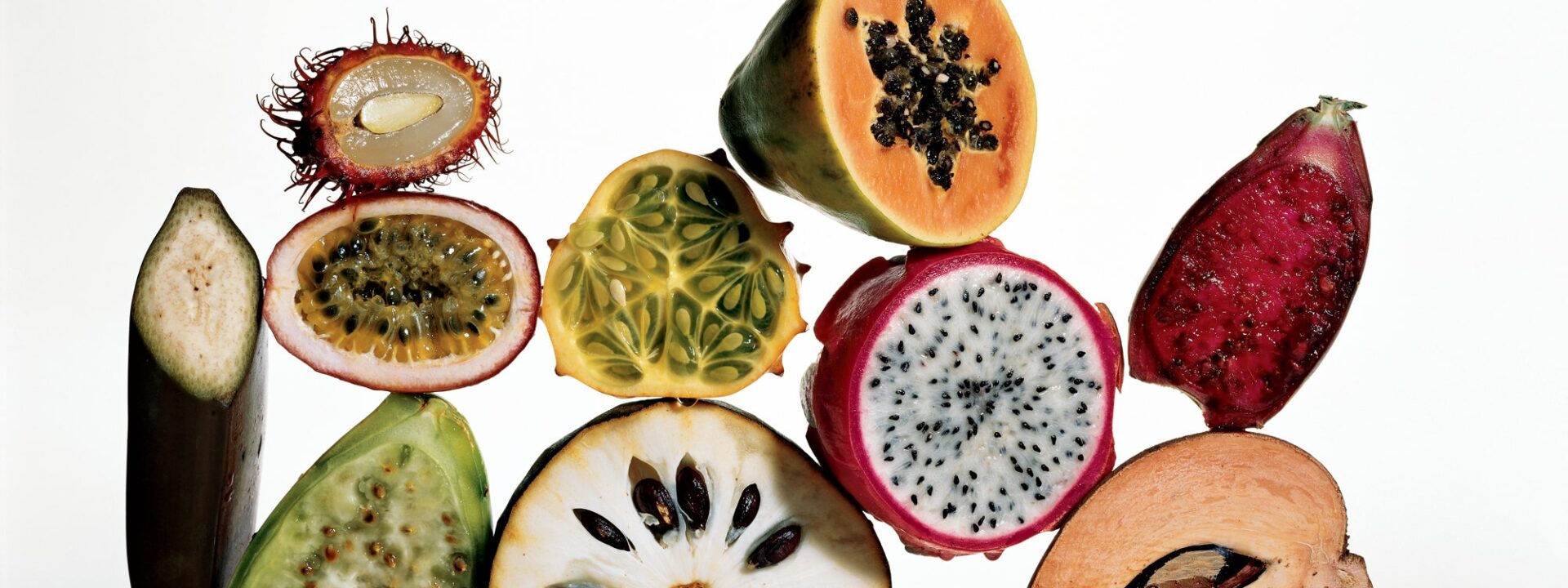In a world obsessed with protein, consider becoming a fiber fan instead. Health experts now emphasize this shift, as studies show a staggering 95% of people don’t get enough of this vital nutrient. “Fiber is the closest thing we have to a superfood,” says Dr. Emily Leeming, a microbiome scientist and dietitian, whose new book Genius Gut is now available.
### Why is fiber so important?
“Fiber is linked to a lower risk of diseases like heart disease, type 2 diabetes, and colorectal cancer,” Dr. Leeming explains. “It slows the release of energy into your bloodstream, keeping blood sugar stable so you feel full and energized longer.” It also helps clear out your gut, promoting a healthier digestive environment.
Fiber’s biggest impact is in the gut—and when your gut is healthy, the rest of your body benefits too. “You can’t digest fiber yourself, but your gut bacteria can,” says Dr. Leeming. “Fiber feeds these microbes, helping them produce short-chain fatty acids, which fight inflammation, support gut lining cells, and strengthen the blood-brain barrier to protect your brain.”
Chronic inflammation drives many modern diseases, and our stressful, processed-food-heavy lifestyles make it worse. Research shows that adding just five grams of fiber daily can reduce the risk of death from all causes (including stroke, cancer, diabetes, and heart disease) by 14%. Simply put, boosting fiber intake is key to preventing illness.
### How to get more fiber every day
“You don’t need to eat salads at every meal to hit the recommended 30 grams a day,” says Dr. Leeming. “It’s about making smart choices and adding high-fiber foods to your routine.”
First, understand why fiber matters. Second, know your sources. “Most people think of fruits and veggies, but whole grains, beans, nuts, and seeds actually pack more fiber. For example, lettuce has 1.8g per 100g, while chickpeas have four to five times that amount.”
Don’t skip breakfast—it’s crucial for fiber intake. “Studies show breakfast skippers tend to get less fiber and other nutrients than those who eat it,” Dr. Leeming notes.
### Fiber-rich foods to try
Here are some top picks:
Prebiotic fibers
“Certain fibers specifically feed good gut bacteria—these are called prebiotics,” says Dr. Leeming. “Find them in garlic, onions, leeks, Jerusalem artichokes, asparagus, and beans.”
Pumpernickel rye bread
If you love bread, switching to pumpernickel rye can give you a fiber boost. “Just one slice has 6g of fiber, keeping you full and energized longer.”
Black beans
“Black beans are fiber-rich and loaded with polyphenols, antioxidants that also feed gut bacteria,” explains Dr. Leeming. “One cup daily can improve gut bacteria diversity and reduce inflammation.” Plus, they’re affordable, versatile, and easy to add to meals.
Raspberries
These berries are another great source, offering both fiber and antioxidants for gut health.
By making small, smart swaps, you can easily increase your fiber intake and reap the long-term health benefits.Not only are they delicious, but berries are also packed with fiber thanks to their seeds. They’re high in antioxidants and vitamin C while being low in sugar. Enjoy them in your morning yogurt or oatmeal, snack on them alone, or add them to desserts. Strawberries, blueberries, and blackberries are all excellent fiber-rich choices.
Whole Grains
“We don’t eat enough whole grains—many people don’t even know what they are,” says Dr. Federica Amati, author of Every Body Should Know This. “Options like buckwheat, spelt, barley, and quinoa are great for boosting fiber intake.” Highly filling, whole grains make a great substitute for refined carbs like rice or pasta.
Avocado
“Avocados contain more fiber than most fruits and vegetables, along with healthy fats that support metabolic health,” explains Dr. Leeming. “Eating avocado daily has been shown to increase healthy short-chain fatty acids and keep you feeling full longer.”
Chia Seeds
With about 34g of fiber per 100g, chia seeds are one of the most fiber-dense options. “Mixing different seeds and nuts into sweet or savory dishes is an easy way to add extra fiber,” she suggests. “Toast and sprinkle them over salads or avocado toast, or combine them with oat and wheat bran on top of berries and Greek yogurt for breakfast.”
Cruciferous Vegetables
This family includes broccoli, cauliflower, cabbage, kale, Brussels sprouts, and collard greens—all known for their high antioxidant and anti-inflammatory properties due to sulforaphane. They contain both soluble and insoluble fiber, making them a great addition to any meal (though cooking methods can affect fiber content).
Popcorn
Yes, even movie theater popcorn can be a fiber source! A study found that popcorn eaters consume 22% more fiber than those who skip it—since it’s a whole grain. When prepared without oil, it’s a healthy snack. For an extra boost, try sprinkling it with protein-rich nutritional yeast (a tip from editor Arden Fanning Andrews).
Do You Need a Fiber Supplement?
Possibly. “If you struggle to get enough fiber from whole grains, fruits, and vegetables, a quality supplement can help fill the gaps,” says nutritionist Meg Gerber, RD. Look for simple, clean ingredients like acacia powder, psyllium husk, PHGG, or inulin—avoid added sugars, fillers, or artificial dyes (sorry, gummy fiber vitamins don’t count).
